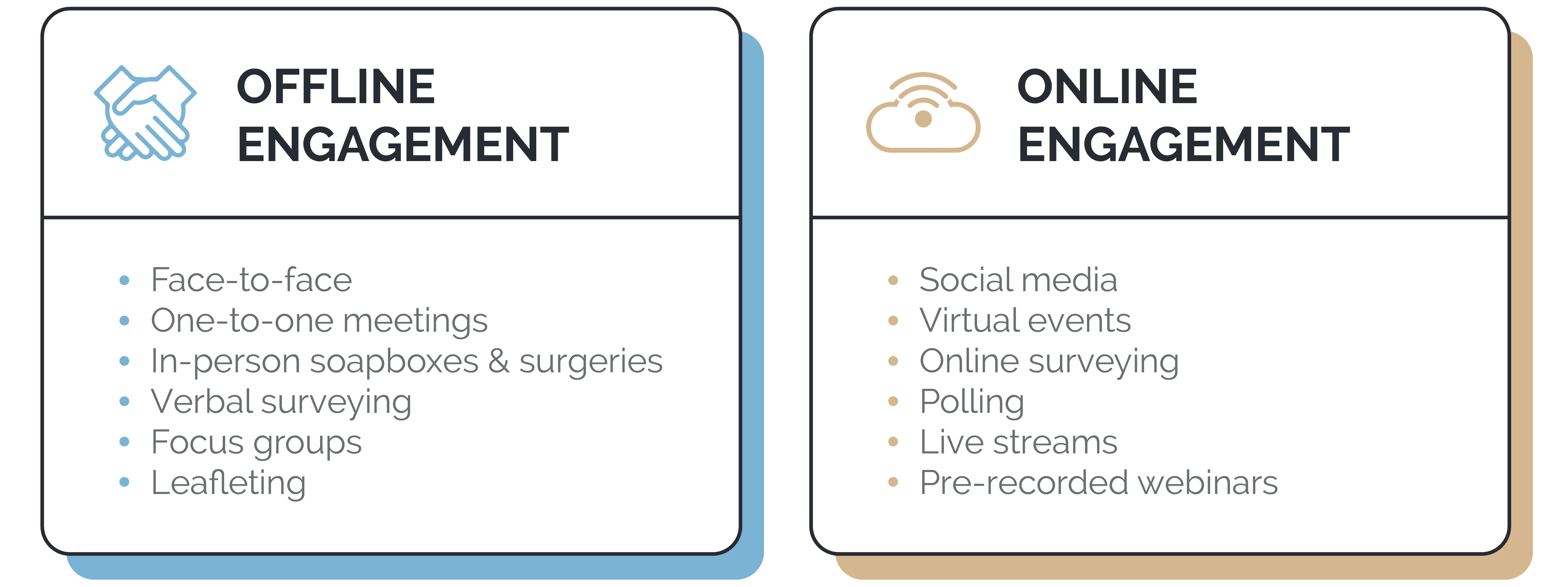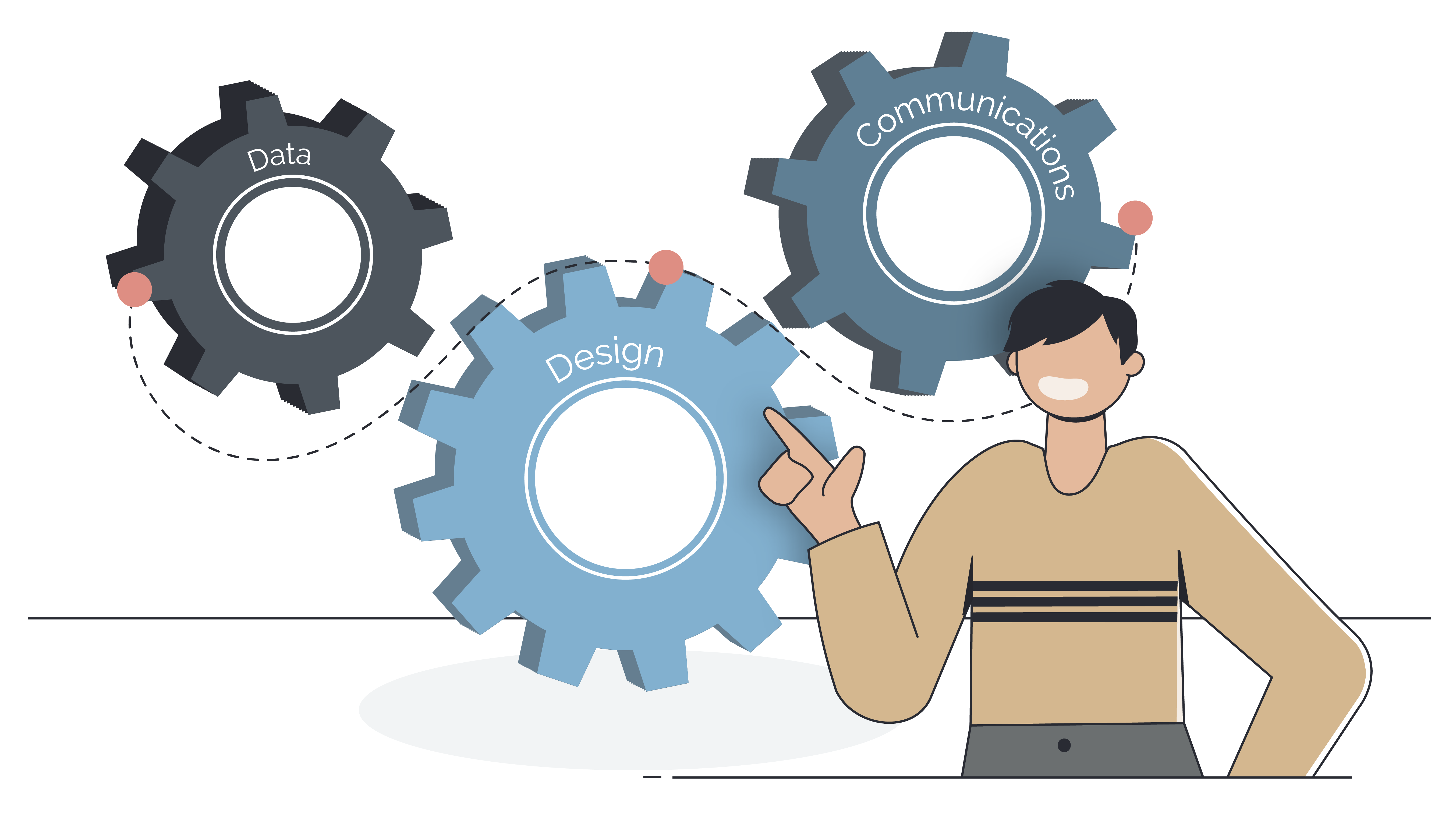Establishing a sense of community in a landscape so shaken by an ever-changing social climate is an emerging issue, and technology has further changed how we reach out to, connect with, and engage communities. Digital community engagement is a potential solution for businesses, councils, institutions and governments that are faced with the challenge of engaging their people. By utilising digital innovation to overcome issues that arise from traditional forms of community engagement, it could have the potential to bridge the gap between people and ensure their needs are being supported in the most inclusive way.
So, what does true community engagement look like? ‘Engagement’ can have multiple meanings and there is not one ‘easy fix’ for an absence of it but combining digital innovation with more traditional forms of community connection and discussion is the emerging answer to questions surrounding engagement. Impactful public engagement is supposed to communicate information or increase participation in a way that is enjoyable and rewarding for a user and makes them want to participate continually.
Diversified engagement routes for diverse communities
In a diverse setting, engaging a large proportion of different kinds of users with differing needs, user characteristics and behaviours can be a challenge.
The ‘traditional’/’offline’/’in-person’ community engagement techniques are so valuable when gathering information and feedback from communities, however, there are many obstructions that this type of engagement techniques cannot break down alone. Digitalisation has been shown to unite communities behind issues, encourage discussion and innovation, and facilitate positive change by allowing community members to make meaningful contributions through an online environment. Digitalisation is also a significant contributing factor when capturing marginalised and previously unheard voices. However, reaching groups that are not engaged with online spaces is as important, especially considering these voices are often unheard in the community.
The positive impacts of a mixed-engagement model (both online and offline) is undeniable, however complex it may be to achieve. It is also becoming increasingly difficult attract and engage diverse audience using simply online-only model for many reasons:
- the digital space is becoming more and more saturated with choice, with more than 547,200 new websites being created globally every day (Siteefy), users are overloaded by a sheer number of sites which they can choose to engage with.
- different age groups access, use and respond to the same channels and platforms differently.
- differing levels of digital competency mean that designing a website for ease-of-use is also essential to its ability to engage, despite digital know-how increasing significantly after the pandemic.
- users expect and want personalised experiences, the days of a passive website that draw people in are long gone.
- people are expecting more from their online experiences, they expect to be engaged. Therefore digital experiences must be continually engaging and develop over time, keeping up with changing technologies, while maintaining relevancy and their true nature and intent at heart.
Engaging with a varied community takes these five challenges further. To effectively engage these communities, it requires knowledge, understanding and a true analysis of each of the different user groups at each of these points in order to ensure the outcome is appropriate and effective for the user group. The more diverse a community, the more complex this can be.
The importance of data, design and communication
When engaging with diverse communities through a mixed-engagement model, it is important to ensure that each mode of engagement is connected to one another, complement each other and are well executed to ensure the end-engagement result is as well suited to the target audience as possible. This is achieved through three key elements; data collection, design and communication, these three processes are important for ensuring solutions are catered to the needs of the user and must be interconnected.
Data
When collecting data and research about diverse communities, these practises need to be all-encompassing and far-reaching in order to capture the clearest picture of the community and create the best platform for the targeted audience.
Good data practises must be followed in order accommodate for diverse audiences, such as ensuring questions are clear and not leading. Surveys or focus groups must be reaching the largest proportion of people as possible and reaching all groups proportionally to get the most accurate results that are representative of the majority. In order to reach marginalised groups, engaging with community groups, connecting with community leaders or digital community hubs such as social media is a great way to ensure that these voices are heard, or survey reach the largest proportion of people. It is important to ensure that these surveys are assessable in multiple languages in order to gain feedback from communities despite potential language barriers. By starting an engagement programme with good research practises, it will allow for a digital space to be shaped around the voices and needs of the community in a way that includes all voices.
Design
When dealing with digital engagement, it is important to ensure that the solution is developed with accessibility and inclusivity at the heart as inclusive design is central to creating a platform for a diverse community, elements to consider include:
- ensuring that symbols and graphics are universally understandable and clear can ensure a website messaging is concise and it is reaching the most people.
- building a platform that is easy to navigate, as you need to consider diverse digital competency.
- the messaging of the website needs to be concise in its messaging and delivery.
Creating an engaging and exciting platform can also encourage continual use, incorporating gamification technology can be a great way to engage audiences long-term, this in combination with ease of use can greatly improve a community’s engagement with the platform.
Communication
Incorporating omnichannel forms of communication is also essentially in engaging the maximum amount of people as well as catering engagement to its target audience. For example, if you were to connect with users using social media you would use different platforms depending on the intended audience, as Facebook cater to an older age demographic, 65% of people aged 50-64 use the platform, whereas 90% of Instagram users are under the age of 35. Connecting a platform with software people are familiar with can be a great way to encourage use, it can be a great way to get people comfortable with your platform initially while using a platform already familiar to the user. Especially with older age demographics who statistically have less digital competency.
Considering cultural barriers to engagement is also important, for example not just ensuring the research process is accessible in multiple languages is an important feature that some users may need to engage with the platform. If the platforms focus is around connectivity and discussion, ensuring that conversations and dialogue can be easily translated so that all members of a community are involved in discussions and all voices are heard. Having public discussions in community hub and then linking those interactions to a digital space is a great way to engage new audiences that wouldn’t usually be actively engaged with digital spaces. This is a good way to draw unlikely users onto an unfamiliar platform or app.
Keeping up with the innovation
Digital innovation can transform the ways in which we do things, new advancements make things simpler, more intelligent and more efficient. Using new digital tools and innovations when addressing engagement problems can lead to more valuable insight and end-engagement results, but you can run the risk of leaving people behind if adopting them too quickly and can alienate vital groups of clienteles.
Using a mixture of offline and online communication is the best way to integrate new and valuable technologies whilst maintaining appeal to a wide demographic. This omni-channel approach ensures that all angles of your community can get involved without feeling excluded. Examples of this can come in forms Incorporating things like QR codes into engagement programmes can be a great way to facilitate ease of use through a non-digital space.
Nuturing your community
Community engagement is not something that is easily solved through a singular channel, it is a process that requires nurturing and innovative solutions that follow the whole process from conception to actualisation. It requires understanding of interpersonal relationships and community boundaries as well as in-depth understanding of how to create bespoke platforms for a wide audience.
Ensuring that users’ needs are considered and prioritised throughout the whole engagement process is the key to engaging with diverse communities. Considering data, design and communication throughout the conception of a platform while weaving these processes together is crucial to the creation of a solution fit for the needs of a diverse community. In order to meet the changing needs of a community you must ensure continued support throughout the process as well as afterwards and consider changing markets, community development, technological innovation and other environmental changes that could affect engagement. This is crucial in providing an exemplary platform for a diverse community of users.











